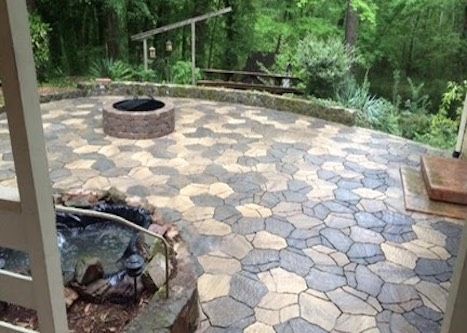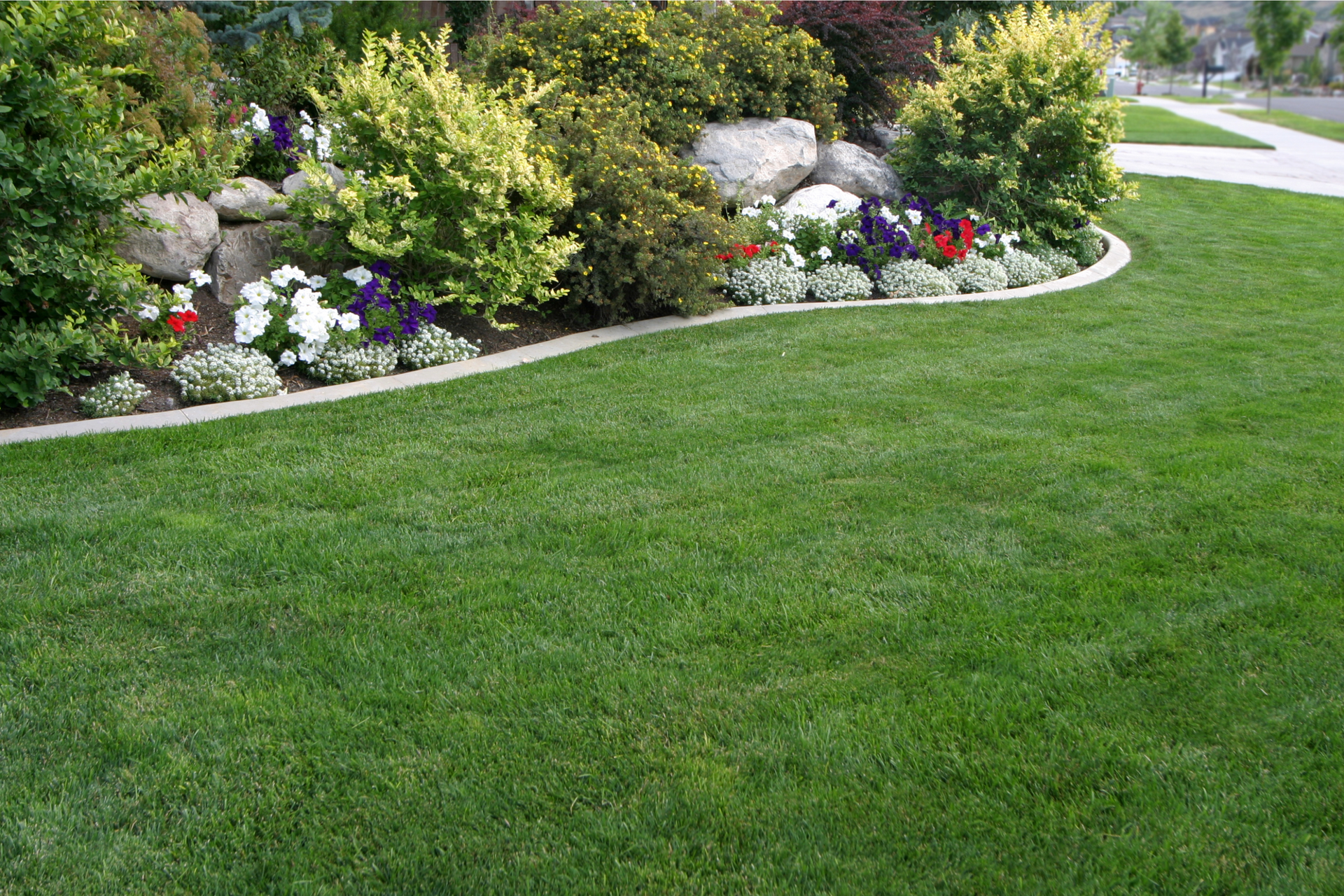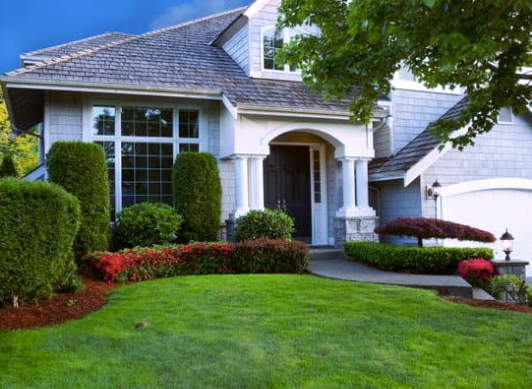Tips on Preventative Maintenance for Your Irrigation System
Tips on Preventative Maintenance for Your Irrigation System
An efficient irrigation system is vital to maintaining a healthy, vibrant landscape while conserving water and saving money. Like any system, it requires regular maintenance to function effectively. Neglecting this can lead to various issues, including water waste, increased utility bills, and damage to your landscape. Here are essential preventative maintenance tips to keep your irrigation system in top shape.
Regular Inspection Schedule
Establish a routine inspection schedule for your entire irrigation system. Early spring, before the main watering season begins, is an ideal time for a comprehensive check. Look for signs of damage or wear in the sprinkler heads, valves, and pipes. Checking your system regularly helps catch issues early, preventing costly repairs down the line.
Clean and Adjust Sprinkler Heads
Sprinkler heads can become clogged with dirt and debris or knocked out of alignment, leading to ineffective watering and potentially damaging your plants. Clean the heads regularly and adjust their position to ensure they're spraying water exactly where it's needed. This simple step can significantly improve the efficiency of your watering routine.
Check for Leaks and Misaligned Sprinklers
Leaks in your irrigation system can waste a substantial amount of water and harm your landscape. Inspect your system for any signs of leaks, such as unusually wet areas, eroded soil, or poor water pressure. Also, ensure that sprinklers are correctly aligned and not watering non-target areas like sidewalks, driveways, or the side of your house.
Monitor Water Pressure
Both low and high water pressure can affect the performance of your irrigation system. High pressure can lead to misting, which evaporates quickly or blows away, while low pressure reduces the effectiveness of your system, leaving areas of your landscape under-watered. Installing a pressure regulator can maintain optimal water pressure, ensuring efficient watering.
Winterize Your System
If you live in an area where temperatures drop below freezing, winterizing your irrigation system is crucial to prevent freezing and cracking in pipes and other components. This typically involves turning off the water supply to the system and draining all the water from the pipes, valves, and sprinkler heads.
Upgrade to Smart Technology
Consider upgrading parts of your irrigation system with smart technology, such as smart controllers that adjust watering schedules based on weather conditions. Soil moisture sensors can also prevent overwatering by ensuring your landscape receives the perfect amount of water. These technologies not only save water but can also lead to healthier plants and reduced utility bills.
Professional Inspection and Maintenance
While many aspects of irrigation system maintenance can be handled by homeowners, a professional inspection at least once a year can be invaluable. Professionals can spot potential issues that are not immediately apparent, offer solutions to improve system efficiency, and handle more complex maintenance tasks.
Educate Yourself on Your System
Familiarize yourself with your irrigation system, including its layout, components, and operation. Understanding how your system works can help you identify and troubleshoot minor issues before they become major problems.
Conclusion
Preventative maintenance is key to ensuring the longevity and efficiency of your irrigation system. By following these tips, you can save water, reduce costs, and keep your landscape looking its best. Remember, a little maintenance goes a long way in preventing future headaches and preserving the beauty and funtion of your landscape.




